Did you know that losing weight is regularly one of the top five New Year’s resolutions? In fact, losing weight was the number one resolution made in 2012 and is regularly in the top ten.
According to the Journal of Clinical Psychology, nearly 50% of Americans will make New Year’s resolutions in just a few weeks. Of the resolutions we’ll make, nearly a quarter of them will be about our weight. Unfortunately, less than 10% of us will likely achieve our resolutions by the end of the year.
If you’re looking to beat the odds in 2014, Thinnergy can help. Last week, we started talking about setting goals and our New Year’s Resolutions. This week, we’re talking about strategies for setting good goals. We particularly like setting SMART goals; SMART is a handy little acronym to help you set and achieve goals.
Specific
Good goals are clear and unambiguous. To make goals specific, they must tell a team exactly what’s expected, why it’s important, who’s involved, where it’s going to happen and which attributes are important.
A specific goal will usually answer the five ‘W’ questions:
- What: What do I want to accomplish?
- Why: Specific reasons, purpose or benefits of accomplishing the goal.
- Who: Who is involved?
- Where: Identify a location or locations.
- Which: Identify requirements and constraints.
Measurable
The second criterion stresses the need for concrete criteria for measuring progress toward the attainment of the goal. The thought behind this is that if a goal is not measurable it is not possible to know whether or not you are making progress or staying on track. Measuring progress helps you stay on track and spurs on your efforts.
A measurable goal will usually answer questions such as:
- How much?
- How many?
- How will I know when it is accomplished?
- Indicators should be quantifiable
Attainable
We can’t stress enough the importance of goals that are realistic and also attainable. Whilst an attainable goal might require you to stretch a little in order to achieve it, the goal isn’t extreme. When you identify goals that are most important to you, you begin to figure out ways you can make them come true. You develop the attitudes, abilities, and skills to reach them.
An achievable goal will usually answer the question How?
- How can the goal be accomplished?
- How realistic is the goal based on other constraints?
Relevant
It’s important to choose goals that matter. A goal may be specific, measurable, attainable and time-bound but if it lacks relevance, motivation won’t be easy.
Meeting relevant goals can drive you forward. A relevant goal can answer yes to these questions:
- Does this seem worthwhile?
- Is this the right time?
- Is this the best way to accomplish this?
Time-bound
A commitment to a deadline helps focus your efforts on completing the goal on or before the due date. This part of the SMART goal criteria is intended to prevent goals from being overtaken by the day-to-day crises that invariably arise.
A time-bound goal will usually answer the question
- When?
- What can I do six weeks from now?
- What can I do today?
